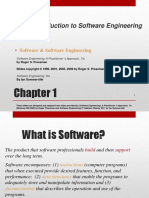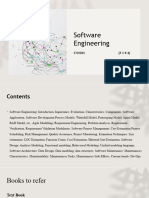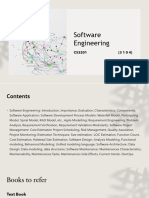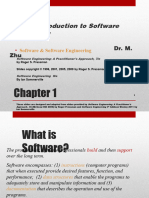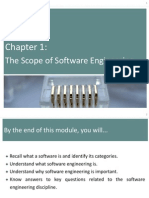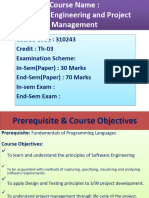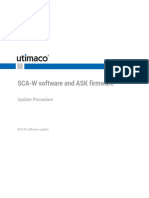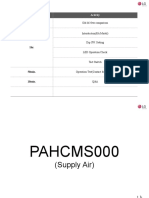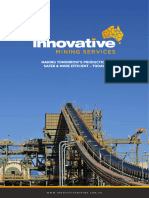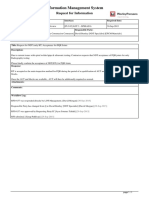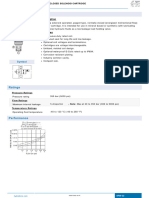0% found this document useful (0 votes)
17 views22 pagesSE Lec1
The document outlines the distinctions between science and engineering, emphasizing that engineering applies scientific knowledge to solve practical problems. It discusses software engineering as a systematic process for developing high-quality software systems, contrasting it with hardware and addressing the challenges of legacy software systems. The goal of modern software engineering is to create methodologies that accommodate the continuous evolution of software systems.
Uploaded by
x4102671Copyright
© © All Rights Reserved
We take content rights seriously. If you suspect this is your content, claim it here.
Available Formats
Download as PPTX, PDF, TXT or read online on Scribd
0% found this document useful (0 votes)
17 views22 pagesSE Lec1
The document outlines the distinctions between science and engineering, emphasizing that engineering applies scientific knowledge to solve practical problems. It discusses software engineering as a systematic process for developing high-quality software systems, contrasting it with hardware and addressing the challenges of legacy software systems. The goal of modern software engineering is to create methodologies that accommodate the continuous evolution of software systems.
Uploaded by
x4102671Copyright
© © All Rights Reserved
We take content rights seriously. If you suspect this is your content, claim it here.
Available Formats
Download as PPTX, PDF, TXT or read online on Scribd
/ 22








